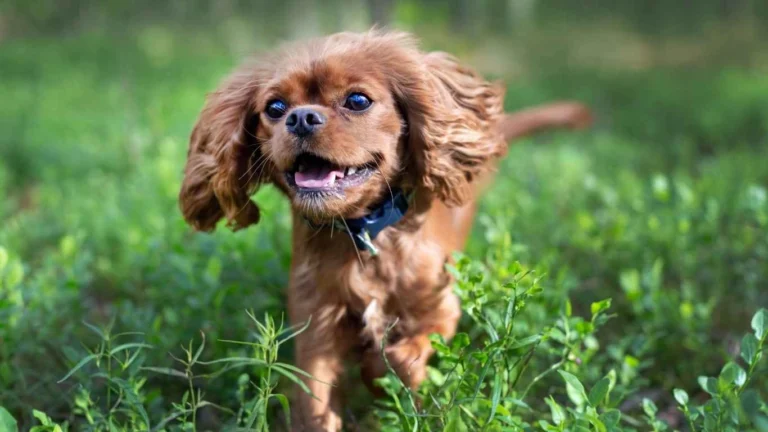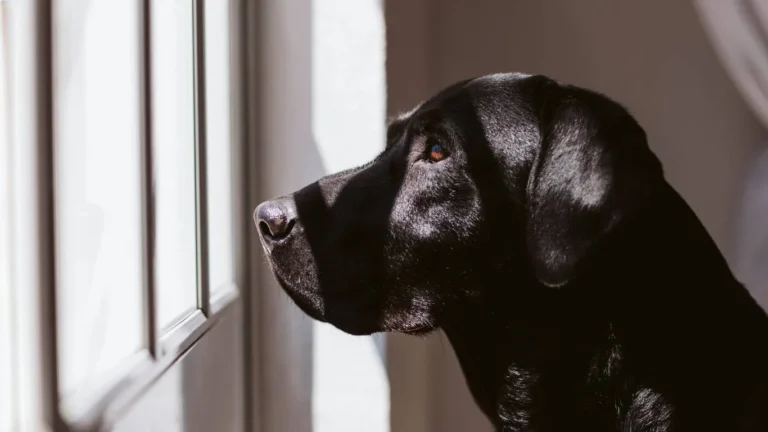Can Dogs Eat Butternut Squash? Discover the Surprising Benefits
Ever found yourself standing in your kitchen, holding a chunk of butternut squash and wondering, can dogs eat butternut squash? You’re not alone. I’ve worked with all sorts of pups in pet clinics and shelters, and I can’t even count how many times this question came up from pet parents just trying to do right by their fur babies. The short answer? Yes—but with a few important caveats that we’ll get into. Let’s break it down together in a way that’s easy, relatable, and safe for your doggo’s diet.
Is Butternut Squash Safe for Dogs?
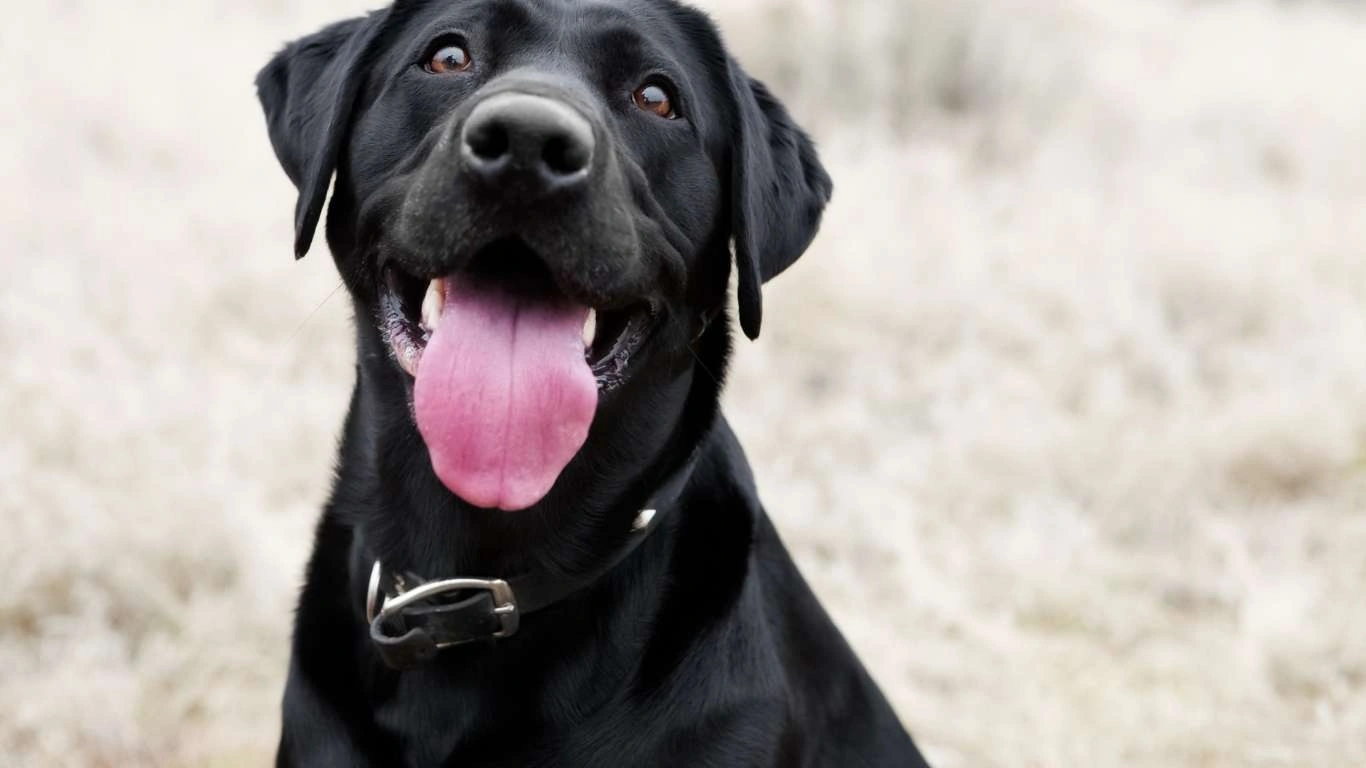
Yes, it absolutely can be! Butternut squash is generally considered safe for dogs to eat. It’s packed with vitamins, low in calories, and super easy to digest—especially when it’s cooked. I’ve seen quite a few dogs at the shelter perk up during mealtime when we added a little bit of mashed squash to their kibble. It’s a simple way to spice things up without risking their health.
But—(yep, there’s always a but)—you’ve got to prep it properly. Raw squash? Not ideal. It’s hard on their tummies and not very tasty. Plus, those seeds and skins can be a choking hazard or cause some GI upset. We’ll get into the how-to’s shortly, but first, let’s talk about why it might be worth adding to your pup’s bowl.
Why Some Pet Parents Add Butternut Squash to Their Dog’s Diet
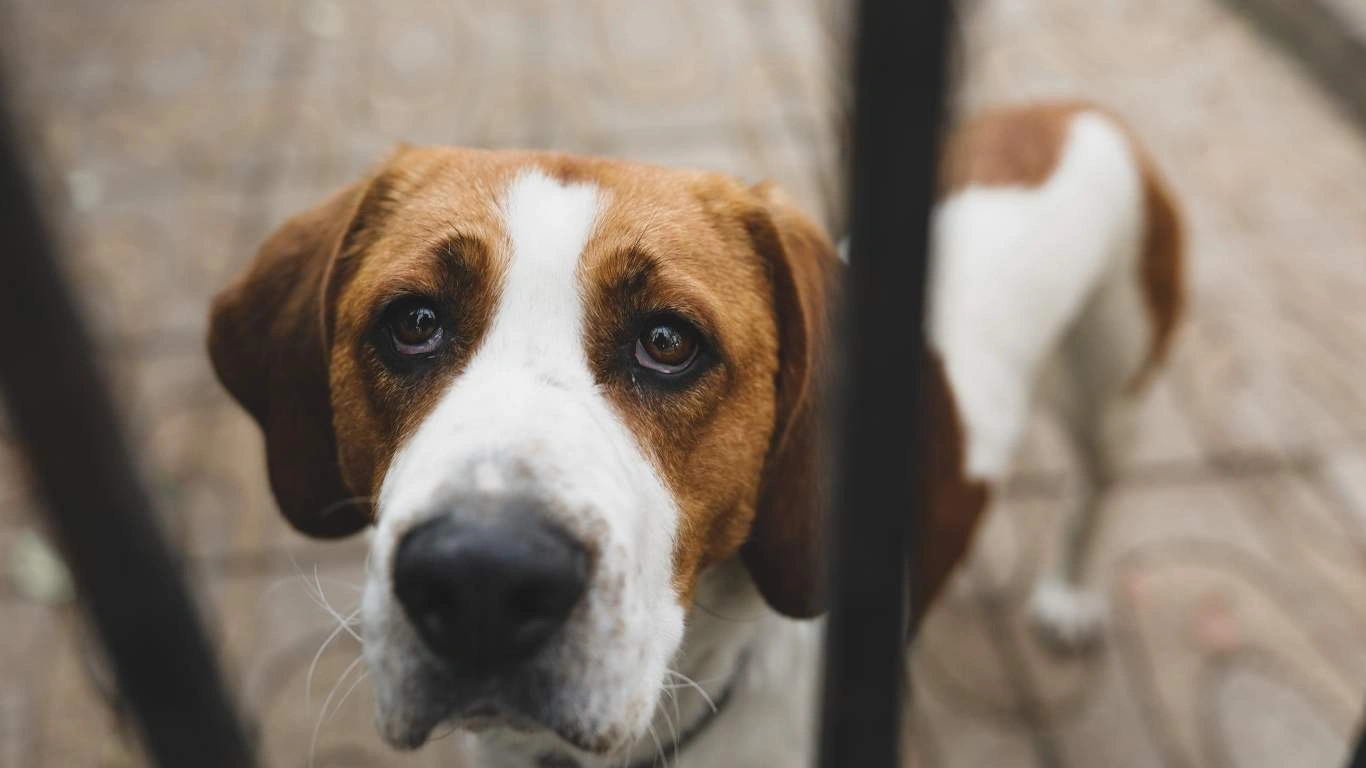
1. Nutrient Boost Without the Calories
One of the coolest things about butternut squash is how nutritionally dense it is. It’s got vitamin A (great for eye health), vitamin C (hello, immune system), and plenty of fiber to keep things moving smoothly in the digestion department. I’ve often used it as a supplement during recovery diets, especially for dogs bouncing back from gastrointestinal issues.
2. It’s a Natural Way to Help With Constipation
Let me tell you, I’ve seen a lot of dogs come in backed up—literally. When medications aren’t totally necessary, something like a spoonful of cooked butternut squash mixed in with their food can work wonders. It’s gentle, and dogs actually seem to enjoy the mild, sweet taste.
3. A Soothing Option for Sensitive Stomachs
Some pups have stomachs that flip out at the smallest change. We once had a rescue beagle who couldn’t tolerate any of the usual bland diet options. But mashed squash? Totally fine. If your dog has a delicate digestive system, butternut squash can be a solid go-to—just introduce it slowly and in small amounts.
How to Prepare Butternut Squash for Dogs
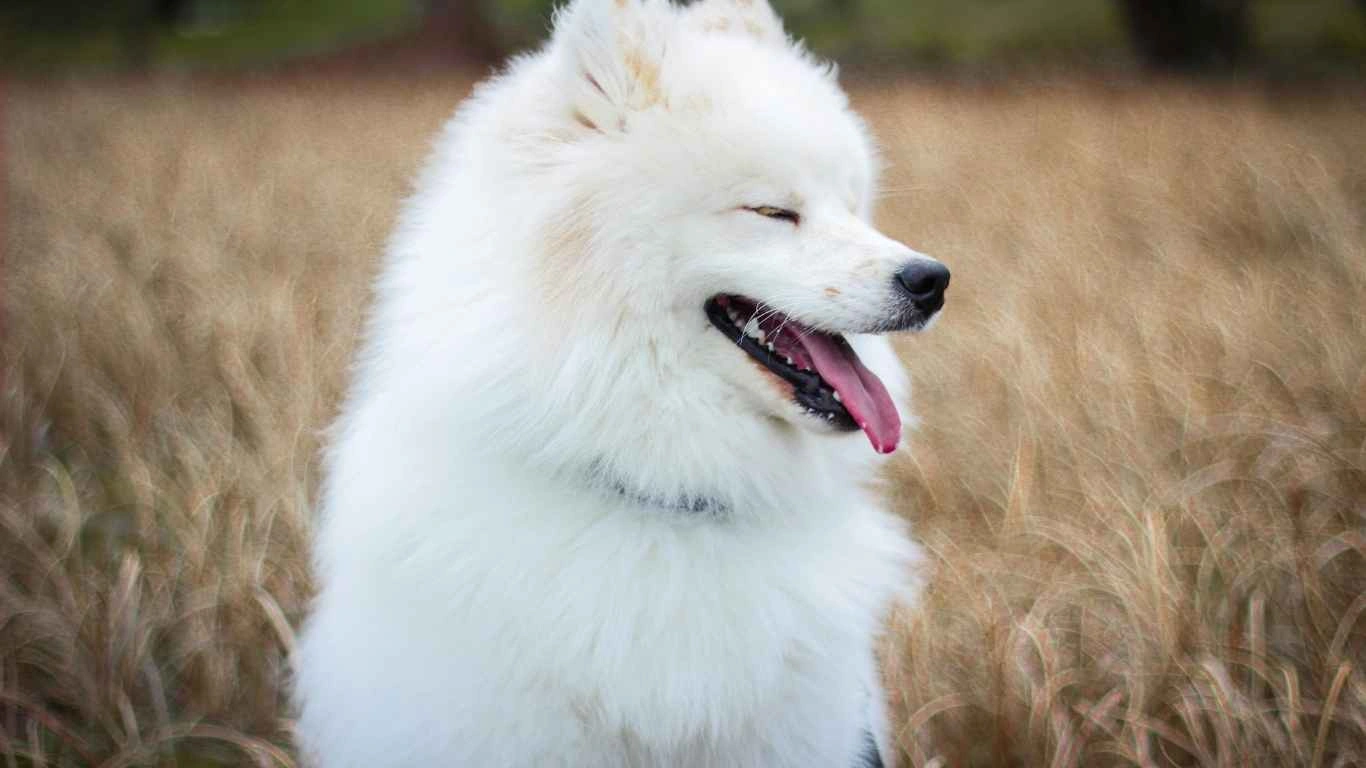
Before you rush to the kitchen, let’s make sure you know how to do this the right way. Because yeah, dogs can eat butternut squash, but not in just any form. Trust me—I’ve had a few emergency visits come through from pups who got into raw scraps or seeds.
- Peel and deseed the squash: The skin is too tough and can cause blockages, and the seeds are a no-go. Make sure it’s smooth and safe.
- Cook it thoroughly: Steaming or roasting (without spices or oils) is the best bet. Just plain and simple.
- Mash or chop into small pieces: Once it’s soft, you can mash it up or cut it into tiny dog-bite-sized cubes.
And no seasoning! I know, we all love adding a little garlic or onion to our food, but for dogs, those are major no-no’s. Always keep it plain and simple.
How Much is Too Much?
Even though butternut squash is healthy, moderation is still key. A spoonful or two is plenty for most dogs. I always tell clients to start small—about a tablespoon for small breeds and maybe up to a quarter cup for larger ones. You don’t want to overwhelm their system, especially if it’s their first time trying it.
But Wait—Can Dogs Be Allergic to Butternut Squash?
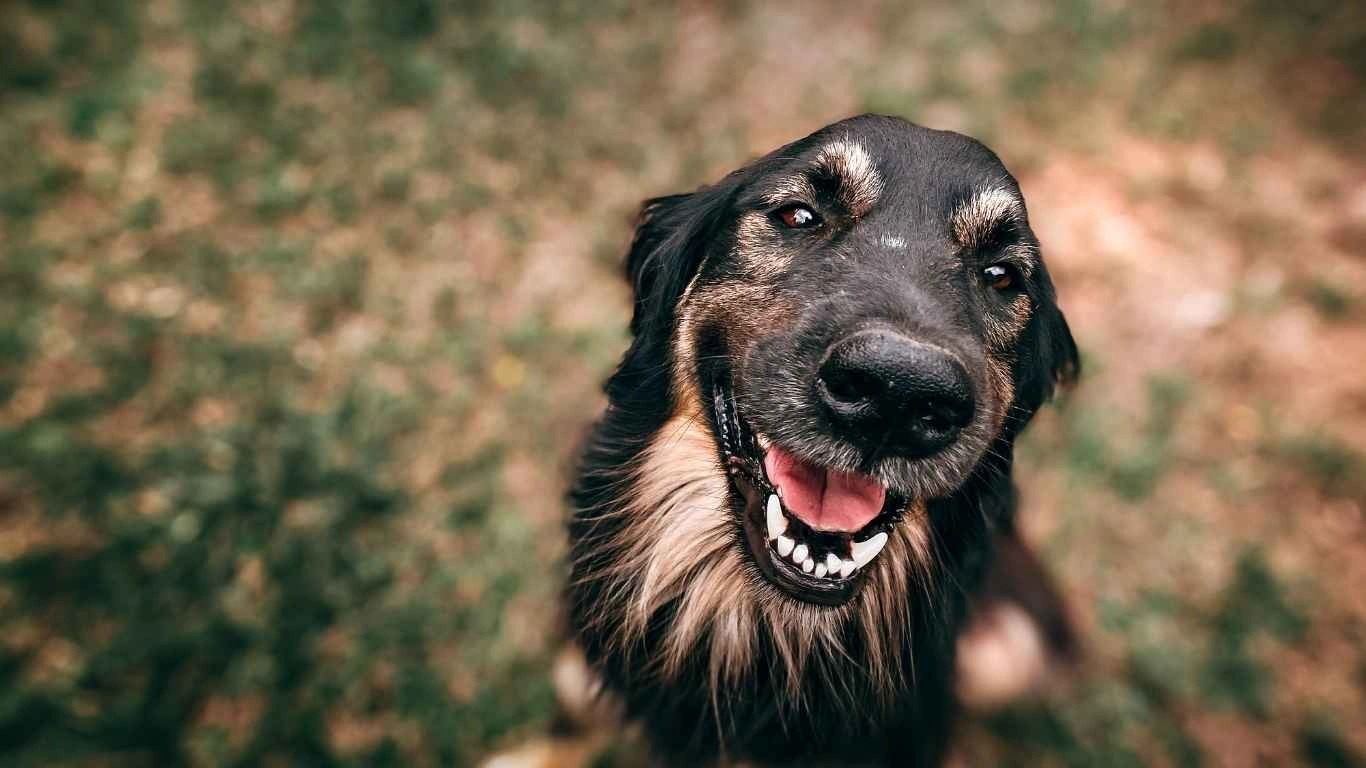
Here’s something I learned the hard way while working at the clinic—just because a food is *technically* safe doesn’t mean every dog will tolerate it. While it’s pretty rare, I’ve seen a handful of dogs react to new foods like butternut squash. Usually, it’s more about sensitivity than a full-blown allergy, but the symptoms can still make your pup uncomfortable.
Watch for signs like:
- Itchy skin or excessive scratching
- Loose stools or digestive upset
- Excessive gas (yep, it happens!)
- Vomiting (rare, but worth noting)
If your pup’s acting off after you’ve introduced squash into their diet, hit pause and consult your vet. I always tell pet parents: you know your dog best. If something feels off, trust that instinct.
Dogs That Might Especially Benefit From Butternut Squash
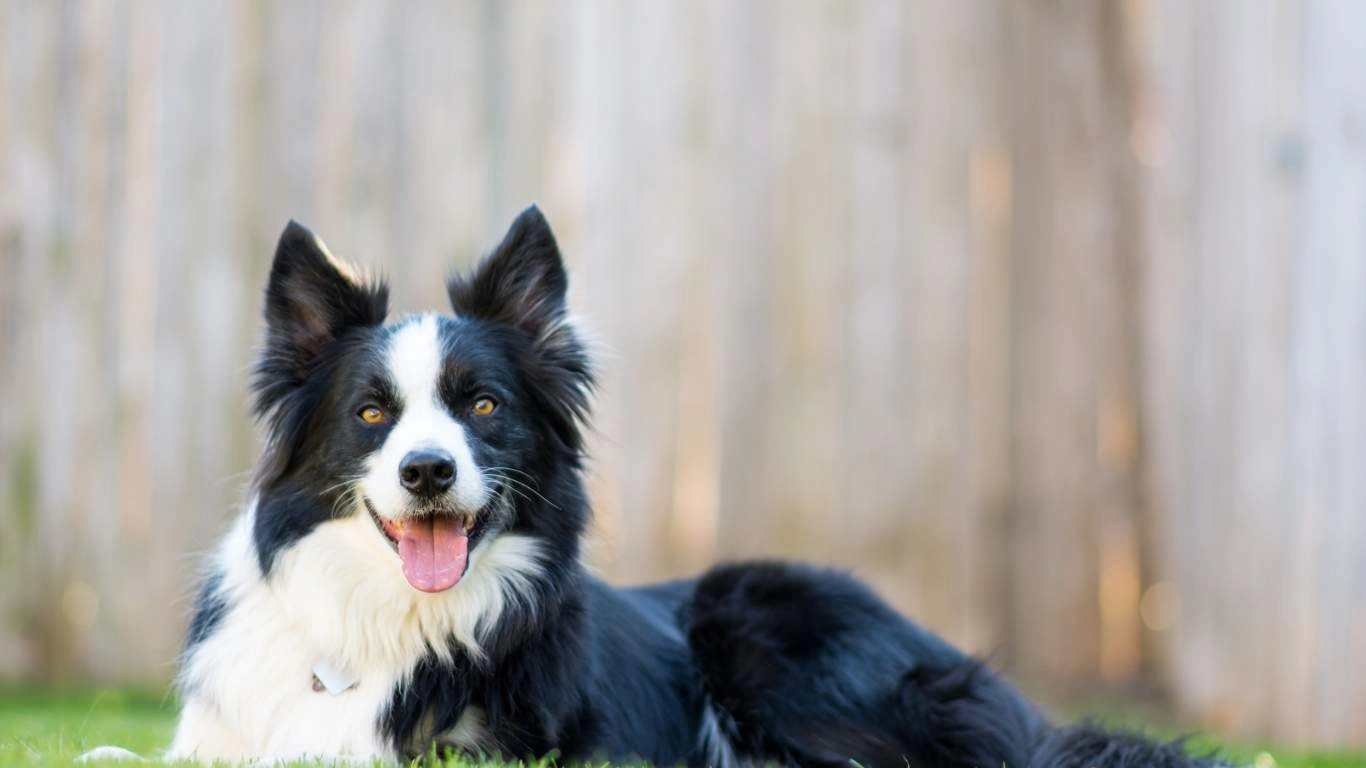
In my years at the shelter, I noticed that certain dogs just seem to thrive when we added a little butternut squash to their meals. It wasn’t a one-size-fits-all magic food, but it came close for some. Here are a few cases where squash really made a difference:
1. Senior Dogs with Sluggish Digestion
Older pups often deal with digestive slowdowns, and butternut squash is gentle enough to help things get moving. We had an elderly lab mix named Jasper who struggled with irregular bowel movements. Just a few tablespoons of squash each week made a noticeable difference in his comfort level—and his energy.
2. Overweight Dogs Needing Low-Calorie Treats
Let’s be real: dogs love treats, but not all treats love them back. Butternut squash is a fantastic swap when you need something low-calorie yet satisfying. I used to make little squash cubes and freeze them as summer treats for our chubbier rescues. They felt spoiled, but we weren’t adding extra fat or filler.
3. Dogs Recovering from Illness
When dogs were recovering from infections or stomach bugs, our go-to was always bland chicken and rice—but sometimes we’d toss in a spoon of mashed squash for an extra nutrient kick. It’s rich in antioxidants, and every little bit helps when you’re nursing a dog back to full strength.
Creative Ways to Serve Butternut Squash

Okay, so your dog’s into squash—awesome! But you don’t have to just scoop it into their bowl and call it a day. Over the years, I’ve had fun finding ways to get dogs excited about healthy foods, and squash is surprisingly flexible. Here are some fun ways to serve it:
- Mix it into their kibble: Simple, effective, and most dogs won’t even notice the healthy boost.
- Stuff it into a Kong: Mix with a little plain Greek yogurt or mashed banana and freeze—it’s enrichment and nutrition in one.
- Bake some squash dog treats: Combine cooked squash with oat flour and a little peanut butter, roll it out, and bake for easy homemade goodies.
- Serve as a topper: For picky eaters, even just a teaspoon of warm mashed squash can get them interested in their food again.
One thing I always remind folks: dogs get excited when mealtime feels like a reward, not a chore. The tiniest effort—like warming the squash or shaping it into a treat—can make a big difference in how they respond.
Things to Avoid When Feeding Butternut Squash
This is where a lot of pet parents slip up—not intentionally, of course. I’ve had many well-meaning folks come in worried after giving their dogs squash soup or a slice of holiday casserole. And hey, it’s a fair mistake. But there are a few things that absolutely don’t belong in your dog’s squash:
- Salt and seasonings: Even a little onion or garlic powder can be toxic to dogs.
- Butter or oil: These can lead to stomach upset or even pancreatitis in sensitive dogs.
- Sugar: Dogs don’t need it, and too much can mess with their insulin levels over time.
Just remember the golden rule: If you wouldn’t serve it to a baby, don’t serve it to a dog. Clean, cooked, and plain is the way to go. Always.
Potential Risks and When to Skip Butternut Squash
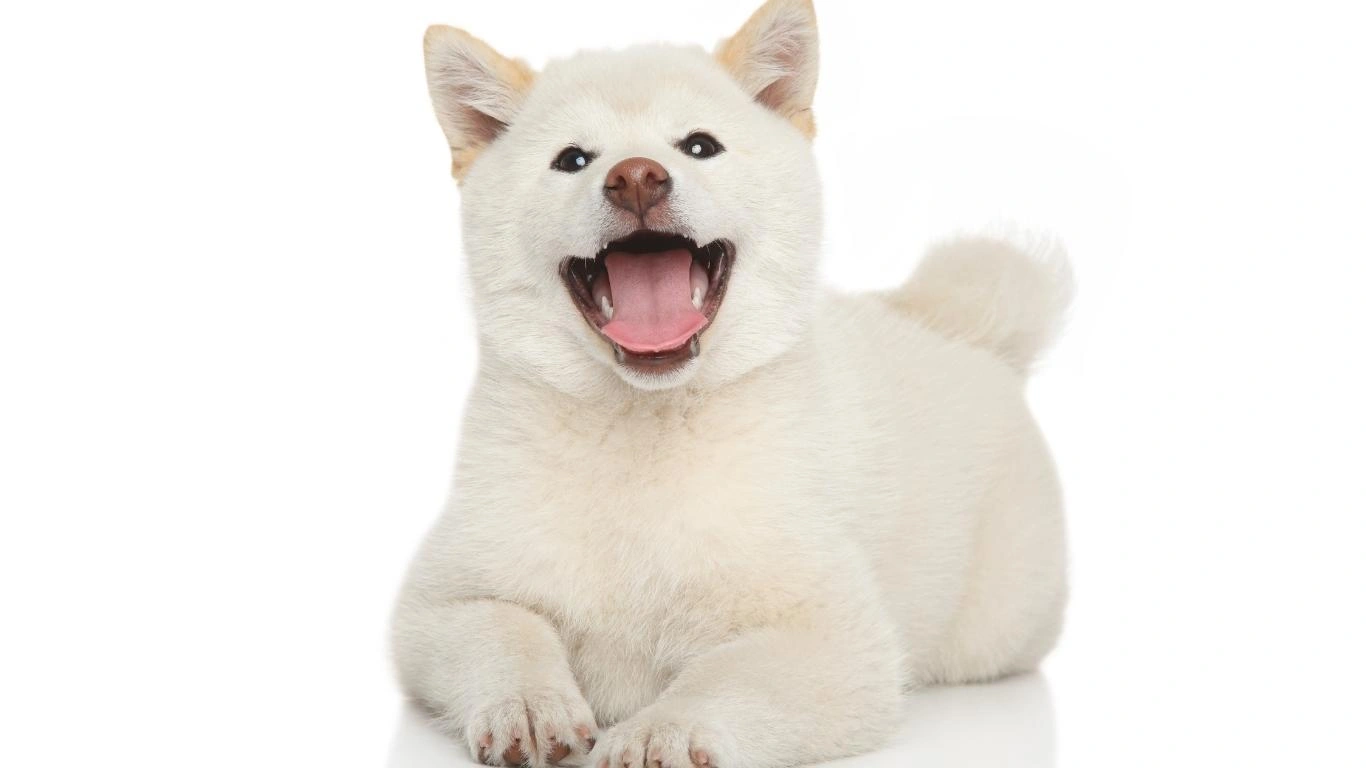
While butternut squash is a great addition to many dogs’ diets, it’s important to recognize when it’s *not* the best choice. From my time working closely with dogs at shelters and clinics, I’ve seen how some dogs simply don’t do well with certain foods—even those generally considered healthy.
For example, dogs with underlying conditions like diabetes or pancreatitis need special diets that avoid sudden spikes in sugars or fats. Although butternut squash has a relatively low glycemic index compared to other carbs, it still contains natural sugars. If your dog has health issues, always check with your vet before introducing any new foods.
Also, puppies under six months might have more sensitive digestive systems that can’t handle extra fiber-rich foods well. I’d advise holding off on butternut squash until they’re a bit older and their digestive system is more mature.
Lastly, keep an eye on quantity and frequency. Even the best foods can cause tummy troubles if fed too often or in large amounts. Moderation truly is key.
Signs Your Dog Loves Butternut Squash (And Signs They Don’t)

One of the perks of working hands-on with animals is you get a front-row seat to their preferences and reactions. When introducing butternut squash to a dog, you can usually tell pretty quickly if it’s a hit or miss.
- They gobble it up: If your dog eagerly eats the squash or food mixed with it, that’s a good sign they like the taste and texture.
- More energy and better digestion: After a week or so of small servings, you might notice improvements in their energy levels or stool quality.
- Excitement around mealtime: When your dog starts getting excited just at the sight or smell of their squash-infused food, that’s a winner.
On the flip side, watch for:
- Refusal to eat or pickiness
- Signs of stomach discomfort like whining or bloating
- Unusual behavior changes after eating
If you spot any of these red flags, it’s totally fine to cut squash out of their diet. Sometimes dogs just don’t jive with certain foods—and that’s okay.
Final Tips for Adding Butternut Squash to Your Dog’s Diet
Since you’re reading this, I’m guessing you want to make sure your dog’s food is both healthy and enjoyable. Here are a few quick tips from my years in animal care that might help smooth the way:
- Introduce slowly: Add just a little at first and watch your dog’s reaction over several days.
- Keep it plain: No salt, spices, oils, or sweeteners.
- Consult your vet: Especially if your dog has health concerns or dietary restrictions.
- Use it as a supplement: Don’t replace their balanced dog food completely. Think of it as a nutritious treat or topper.
- Stay consistent: If your dog enjoys squash, try to feed it regularly but in moderation.
Wrapping Up My Experience With Butternut Squash and Dogs
In all my years as an Animal Care Specialist, few things felt as rewarding as helping pet parents discover safe, healthy ways to enrich their dog’s diet. Butternut squash is one of those underrated gems. It’s nutritious, affordable, and—when prepared right—delicious for dogs.
Remember, every dog is unique. What works for one might not work for another. But with a little patience and attention, butternut squash can be a wonderful addition to your pup’s meals. And if you’re ever unsure? Your veterinarian is the best source for tailored advice.
References
Disclaimer
This article is for informational purposes only and does not replace professional veterinary advice. Always consult your veterinarian before introducing new foods into your dog’s diet, especially if your dog has underlying health conditions or special dietary needs. The author is not liable for any adverse effects resulting from the use of butternut squash or any dietary changes.

